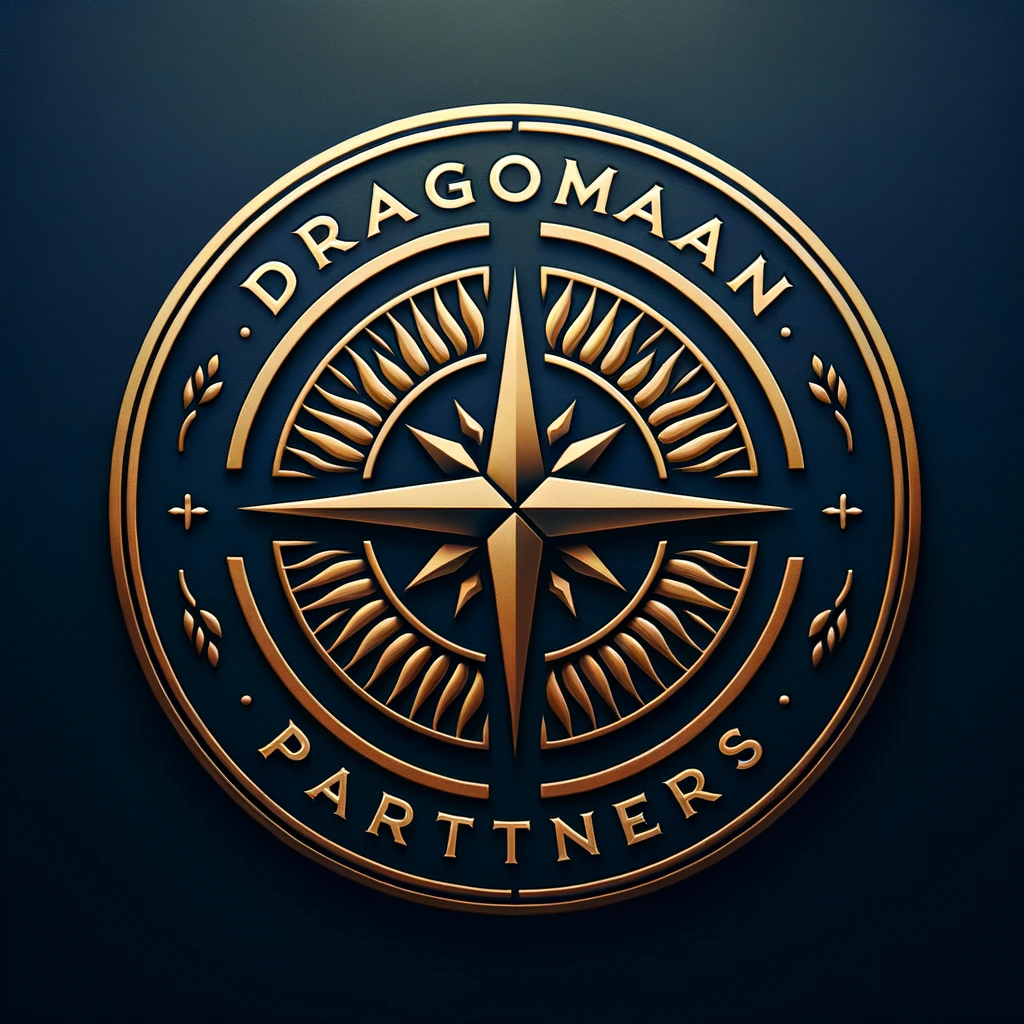In the landscape of global business, the concept of partnership stands out as a cornerstone of strategic success. Collaborative ventures, when executed with precision and foresight, can yield unparalleled benefits, ranging from expanded market reach and shared risks to innovation and resource optimization. To illustrate the dynamic potential of successful partnerships, let’s delve into some of the most influential alliances in the business world and extract valuable lessons that can be applied to any collaborative effort.
Apple and IBM: Revolutionizing Enterprise Mobility
One of the most striking examples of a successful partnership is the alliance between Apple and IBM, two giants from seemingly different ends of the tech spectrum. Announced in 2014, this partnership was aimed at transforming enterprise mobility through a combination of IBM’s data and analytics capabilities with Apple’s legendary consumer experience.
Lesson Learned: Complementary Strengths
The Apple-IBM partnership teaches us the value of leveraging complementary strengths. Apple’s intuitive interfaces and user-friendly hardware, combined with IBM’s robust enterprise solutions and data analytics prowess, created new value propositions for mobile enterprise customers. For businesses looking to form partnerships, the key takeaway is to seek partners with complementary abilities and resources that can enhance or supplement your strengths, thus creating a product or service that is greater than the sum of its parts.
Starbucks and Barnes & Noble: Brewing a Coffee Culture in Bookstores
In the late 1990s, Starbucks formed a strategic alliance with Barnes & Noble bookstores, which allowed Starbucks to set up coffee shops within the bookstores. This partnership not only increased foot traffic for Barnes & Noble but also expanded Starbucks’ market reach.
Lesson Learned: Enhancing Brand Experience
This partnership highlights the importance of creating an enhanced customer experience. Starbucks and Barnes & Noble successfully created an environment that encouraged customers to linger, browse, and purchase more products. When businesses consider partnerships, it’s crucial to think about how such alliances can enhance the overall brand experience and create a more engaging environment for customers.
Google and Luxottica: Shaping the Future of Wearables
Google’s partnership with Luxottica, the powerhouse behind brands like Ray-Ban and Oakley, to design, develop, and distribute a new breed of eyewear for Google Glass, is another testament to the power of strategic alliances.
Lesson Learned: Industry Crossover Innovation
This partnership demonstrates the benefits of crossing industry boundaries to innovate. Google, a tech giant, and Luxottica, a leader in fashion eyewear, brought together their distinct expertise to redefine the possibilities of wearable technology. Businesses should look for partnership opportunities that allow them to tap into different industries, thereby unlocking new customer segments and innovation pathways.

Conclusion
The examples of Apple and IBM, Starbucks and Barnes & Noble, and Google and Luxottica serve as compelling evidence of how strategic partnerships can lead to substantial business success. These partnerships leveraged complementary strengths, enhanced customer experiences, and fostered cross-industry innovation. For any business considering a partnership, these examples underscore the importance of strategic alignment, mutual benefits, and a shared vision for success.
As businesses continue to navigate the complexities of the modern market, understanding and implementing the principles of successful business partnerships will be crucial. By learning from these top business partners’ examples, companies can better strategize their collaborative efforts, ensuring that their partnerships are not just successful but also transformative.

